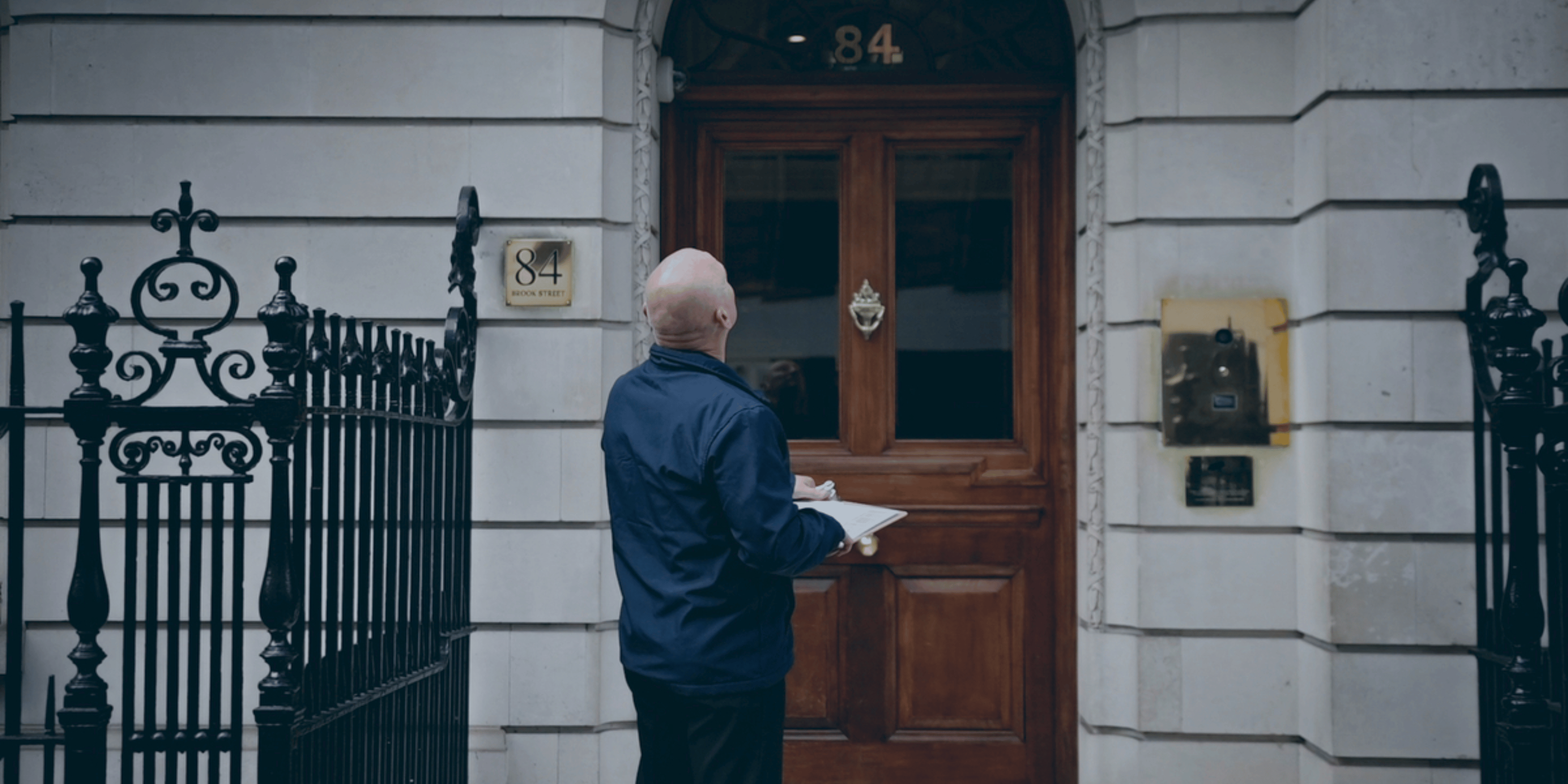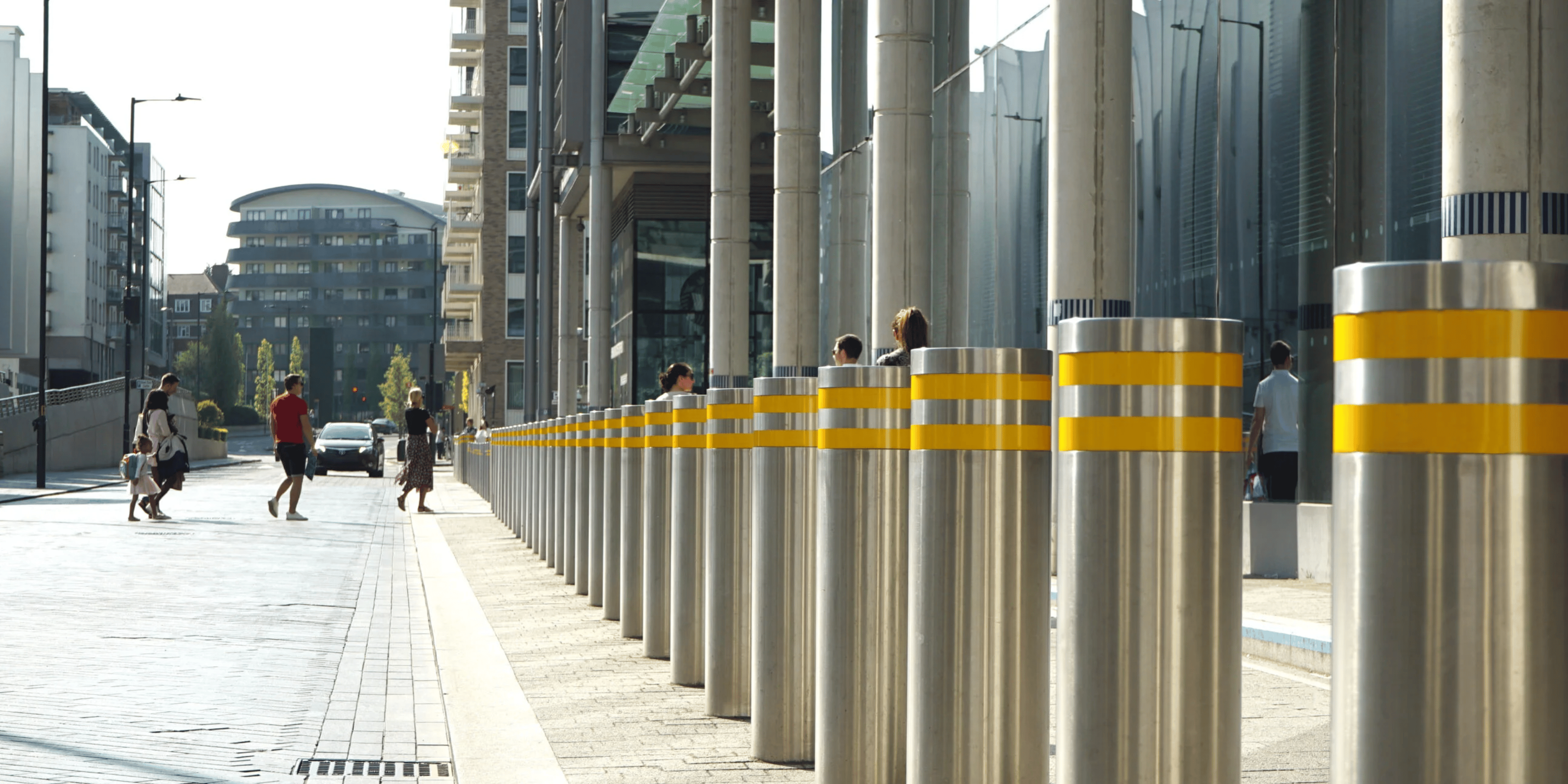
Implement Drone Surveillance for Enhanced Construction Site Security

Overview
Drone surveillance significantly enhances construction site security through real-time aerial monitoring, which effectively detects unauthorised access, theft, and potential hazards. This technology not only improves safety measures but also reduces liability risks and facilitates precise progress tracking. The reality is that investing in such technology fosters a safer and more efficient working environment, which is critical in today’s construction landscape.
Ignoring these security advancements can lead to severe financial, operational, and reputational consequences for businesses. For instance, construction theft alone costs UK businesses over £1m a week, underscoring the importance of proactive security measures. In practise, the integration of drone technology serves as a vital component in mitigating these risks, ultimately safeguarding assets and ensuring business continuity.
Priority First plays a crucial role in this context, offering pragmatic solutions backed by evidence and expertise. With over £1.6bn worth of assets secured and rapid response times, their approach is grounded in real numbers and financial logic. The lesson is clear: early investment in security technology not only prevents greater losses later but also positions businesses for long-term resilience.
Introduction
Drone surveillance is transforming the construction industry, providing a sophisticated solution to enhance site security and operational efficiency. The reality is that drones, equipped with advanced technology, can monitor extensive areas in real time, swiftly detecting unauthorised access, theft, and potential hazards. This capability ensures a safer working environment. However, construction sites are grappling with alarming rates of theft and vandalism. The question arises: how can companies effectively implement drone surveillance systems that not only tackle these security challenges but also integrate seamlessly with existing safety measures?
Ignoring these risks can lead to significant financial, operational, and reputational consequences. Construction theft costs UK businesses over £1m a week, underscoring the critical need for robust security measures. Security is not merely an expense; it is essential for business continuity. In practise, companies must prioritise investment in effective surveillance systems to mitigate these risks.
Priority First stands ready to offer pragmatic solutions. With a proven track record of securing over £1.6bn in assets and demonstrating rapid response times, we position ourselves as a trusted partner. Our approach is grounded in real numbers and financial logic, ensuring that clients receive not just promises but tangible outcomes. The lesson is clear: early investment in security measures prevents greater losses later.
Understand Drone Surveillance and Its Importance for Construction Sites
Drone surveillance utilises unmanned aerial vehicles (UAVs) equipped with advanced cameras and sensors to efficiently oversee building locations. This technology is vital for enhancing safety measures by employing drone surveillance to provide real-time aerial views that swiftly detect unauthorised access, theft, and potential hazards. Drones can cover large areas in a fraction of the time required by traditional ground patrols, significantly boosting monitoring efficiency. Their ability to operate in diverse weather conditions and at any time of day further enhances their effectiveness.
The integration of aerial monitoring into construction site safety not only fosters a safer working environment but also mitigates liability risks and protects valuable assets. For instance, UAVs equipped with thermal imaging can pinpoint structural issues, ensuring that risks are addressed before they escalate. Moreover, continuous monitoring facilitates precise progress tracking and timely decision-making, which is crucial for adhering to project timelines and budgets. This is where Priority First's tailored security solutions come into play, offering services such as key holding, CCTV monitoring, and alarm response to bolster overall security.
Furthermore, the use of UAVs has been shown to enhance inspections and safety. By minimising human exposure to hazardous situations, UAVs improve hazard detection and significantly reduce the likelihood of accidents on construction sites. This proactive safety approach is essential in an industry where regulatory compliance is critical.
Incorporating UAV technology into building site operations not only streamlines processes but also boosts overall project efficiency. The capability to create 3D models and georeferenced imagery aids in resource planning and waste reduction, aligning with sustainable building practises. As evidenced in the multi-use complex project on Kings Road, Priority First's integrated management solutions, including aerial surveillance, have effectively enhanced protection, safety, and operational efficiency. The implementation of drone surveillance is poised to be essential for the future of building security.

Assess Security Needs and Define Objectives for Drone Surveillance
To improve building site safety, it is essential to begin with a thorough risk evaluation. Consider the stark reality:
- 92% of construction professionals report experiencing theft at some point
- 91% have faced vandalism
These are not mere statistics; they represent significant threats that can undermine business resilience and operational efficiency. Ignoring these risks can lead to substantial financial losses and reputational damage, making security a critical yet often underestimated business function.
Involving stakeholders—such as project managers and safety staff—is crucial for collecting insights on specific vulnerabilities. Once risks are identified, establishing clear objectives for the drone surveillance system becomes imperative. This includes:
- Monitoring perimeters
- Ensuring adherence to safety regulations
- Providing real-time alerts for unauthorized access
Documenting these goals is vital, as it will guide the choice and execution of the aerial system, ensuring that it effectively addresses the unique safety challenges of the building site.
Moreover, Priority First's extensive access control systems work in tandem with drone surveillance to manage the movement of personnel and vehicles, thereby enhancing overall safety. By incorporating personalized risk evaluations and bespoke security plans, as evidenced in our case studies, Priority First demonstrates its commitment to keeping building locations secure, organized, and operationally efficient. The lesson is clear: early investment in comprehensive security measures prevents greater losses later.
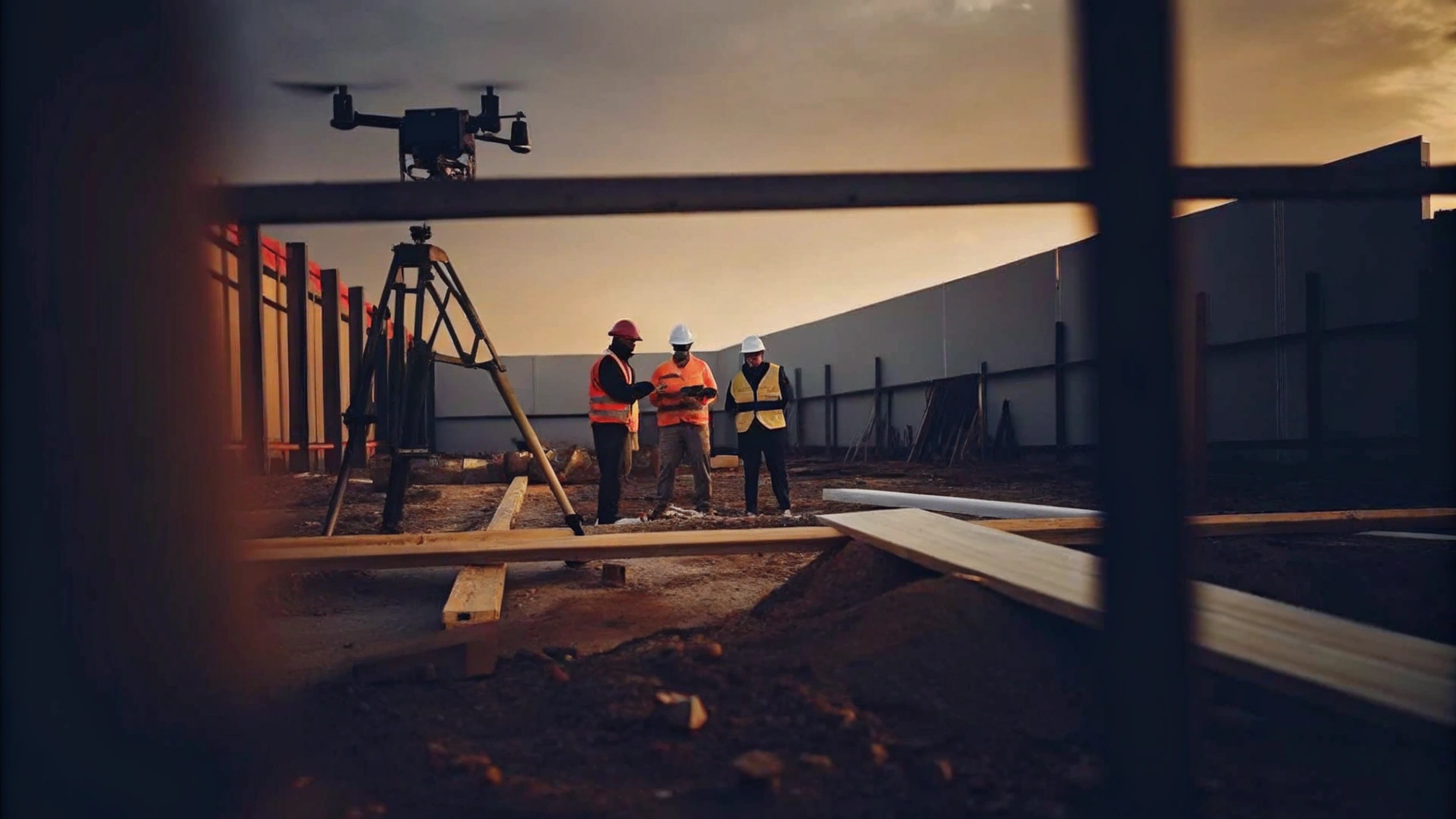
Select Appropriate Drone Technology and Features for Your Site
When selecting a drone for construction site surveillance, it is essential to consider several critical factors that impact performance. Camera resolution stands out as a key feature; high-resolution cameras are vital for capturing detailed images and videos, which are crucial for effective monitoring and documentation. For example, the Autel Robotics EVO II, which includes a high-resolution 8K camera variant among various options, offers exceptional clarity and versatility for inspection tasks.
Flight time and operational range are equally important. Drones with extended flight times facilitate longer monitoring sessions, thereby reducing the frequency of recharges. The DJI Matrice 300 RTK exemplifies this with its robust design, impressive flight capabilities, and advanced RTK features, making it suitable for large-scale projects.
Thermal imaging is another critical capability, particularly for night surveillance. Drones equipped with thermal cameras, such as the Parrot Anafi USA, significantly enhance security by detecting heat signatures in low-light conditions. Additionally, GPS functionality is essential for precise location monitoring, ensuring that UAVs can navigate and observe specific areas efficiently.
The growing importance of autonomous flight capabilities allows UAVs to follow pre-defined patrol routes without manual control. This feature not only boosts efficiency but also enhances safety by reducing human intervention in potentially hazardous environments.
Consulting with aerial vehicle suppliers and researching various models is advisable to identify the best fit for your construction site’s specific requirements. As Jim Gibson, a technology expert in unmanned aerial vehicles, notes, "Selecting the appropriate device will impact the efficiency and profitability of your industrial project." Furthermore, as Santos emphasises, "An efficient industrial aircraft must have software compatible with GIS, CAD, or other data analysis platforms." By prioritising these features and ensuring compliance with relevant regulations, construction site managers can significantly enhance security and operational effectiveness with the use of drone surveillance.
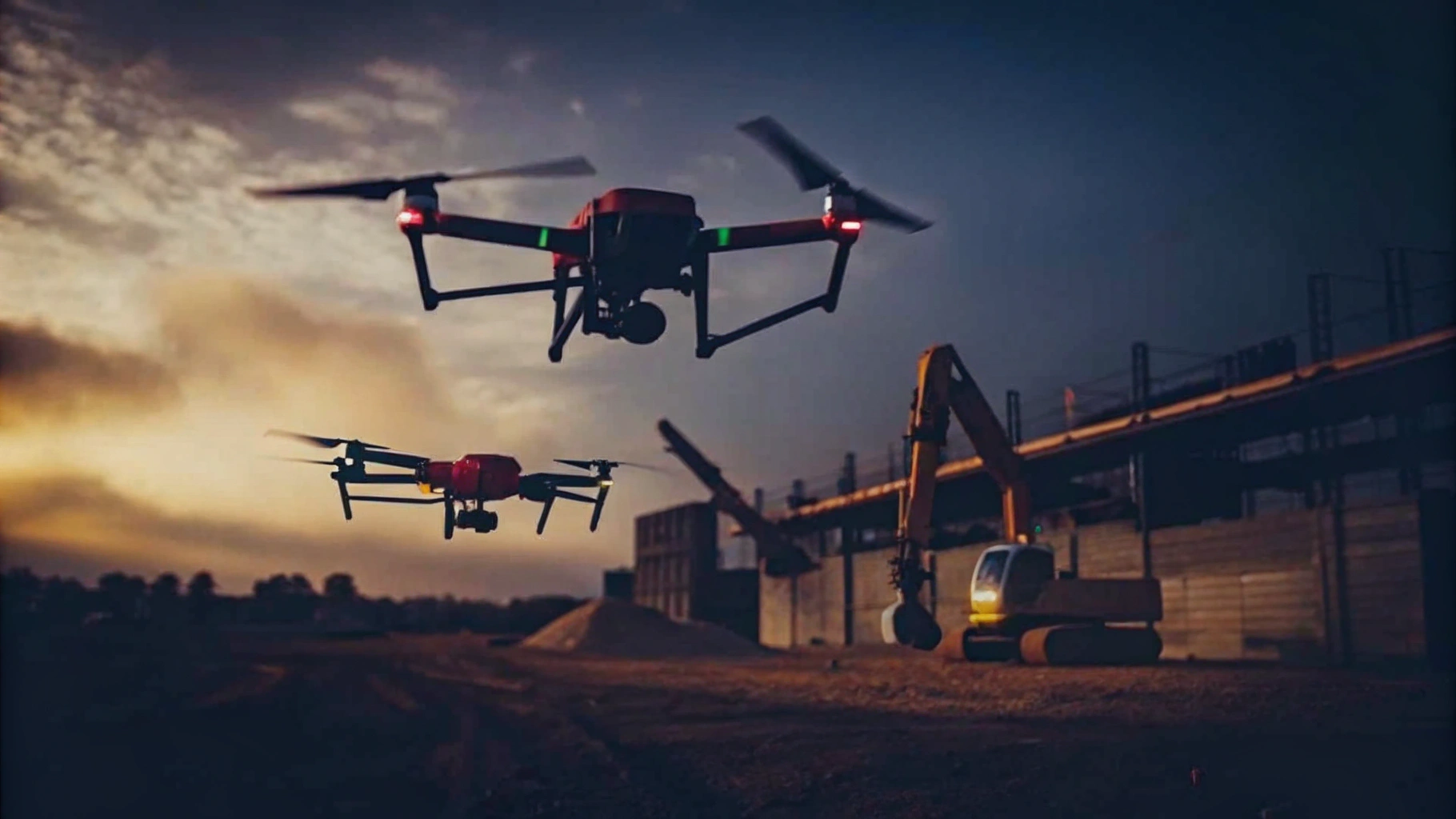
Implement Drone Surveillance Systems and Integrate with Existing Security Measures
Initiate the implementation process by creating a flight plan that details the areas to be monitored with drone surveillance and the frequency of aerial patrols. This step is critical, given that security challenges in the UK construction sector are often underestimated. Adherence to local regulations concerning drone surveillance operations is essential, including securing necessary permits.
The integration of the aerial surveillance system with existing protective measures, such as Priority First's extensive drone surveillance and alarm systems, establishes a robust safety network. This combination allows for drone surveillance, facilitating real-time data sharing and alerts that significantly enhance situational awareness and response capabilities. The reality is that without such comprehensive measures, construction sites remain vulnerable to risks that can lead to substantial financial losses.
Moreover, Priority First's customised protection solutions offer 24/7 monitoring and technical assistance, ensuring that your construction site is safeguarded at all times. Training security staff on how to operate the unmanned aerial vehicles for effective drone surveillance and interpret the data collected is crucial; this ensures they can respond effectively to any incidents. In practise, early investment in security measures prevents greater losses later, reinforcing the importance of a proactive approach to site safety.
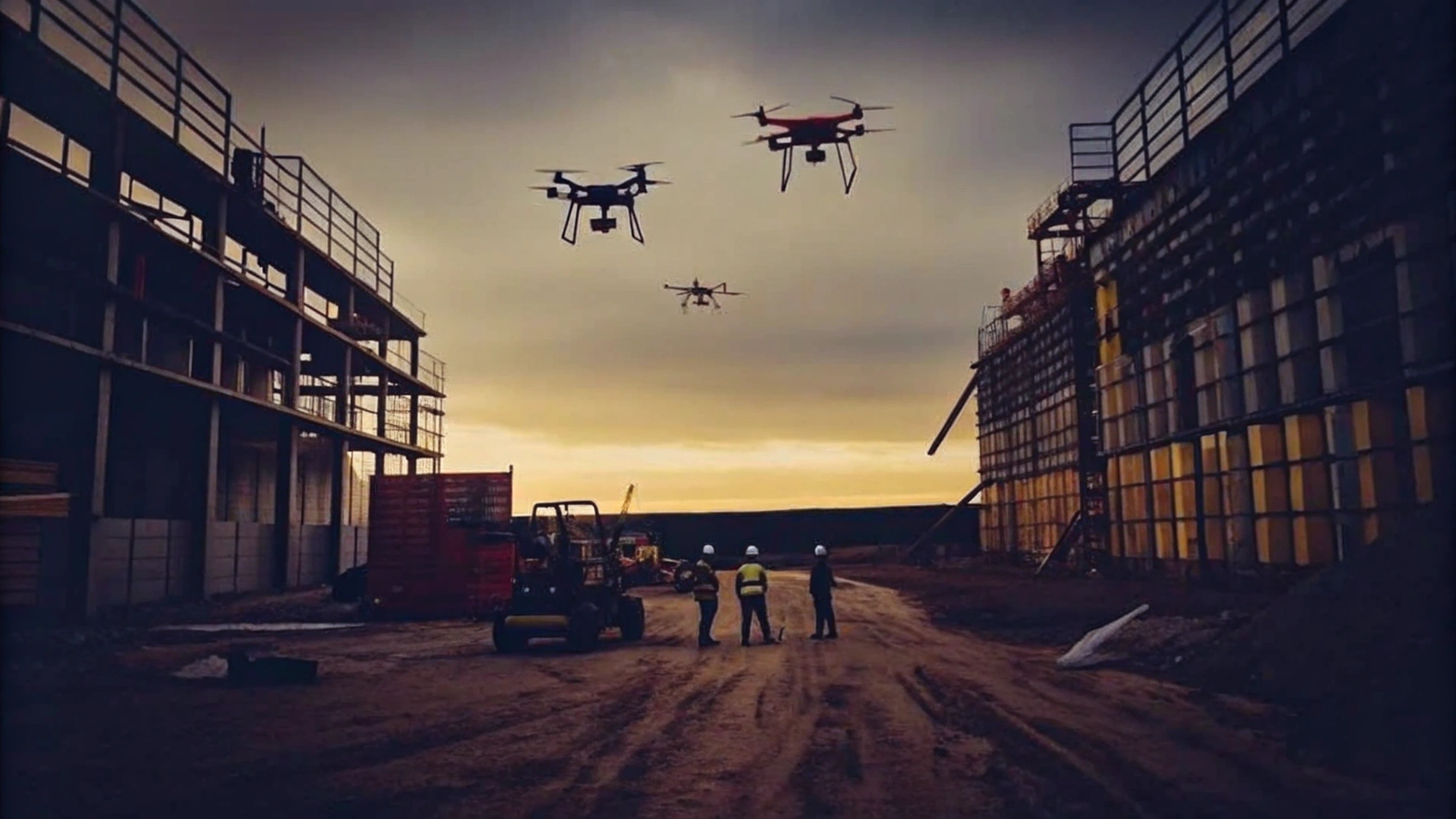
Train Personnel for Effective Operation of Drone Surveillance Systems
A comprehensive training programme for staff engaged in drone surveillance operations is essential. This programme must encompass:
- Operational procedures
- Data analysis techniques
- Safety protocols for drone surveillance
Practical training sessions should be included, allowing staff to practise piloting the aircraft and interpreting the captured footage. The significance of adhering to rules and safety protocols during aerial operations cannot be overstated.
Continuous revision of training materials is crucial to incorporate advancements in unmanned aerial vehicle technology and security practises. This ensures that personnel remain informed and competent, ultimately contributing to the resilience of operations. The reality is that neglecting these training aspects can lead to significant operational risks, potentially resulting in financial losses and reputational damage.
In practise, investing in a robust training programme is not merely an expense; it is a vital component of operational integrity and business continuity. By prioritising safety and operational excellence, organisations can mitigate risks associated with drone surveillance operations and enhance their overall effectiveness.
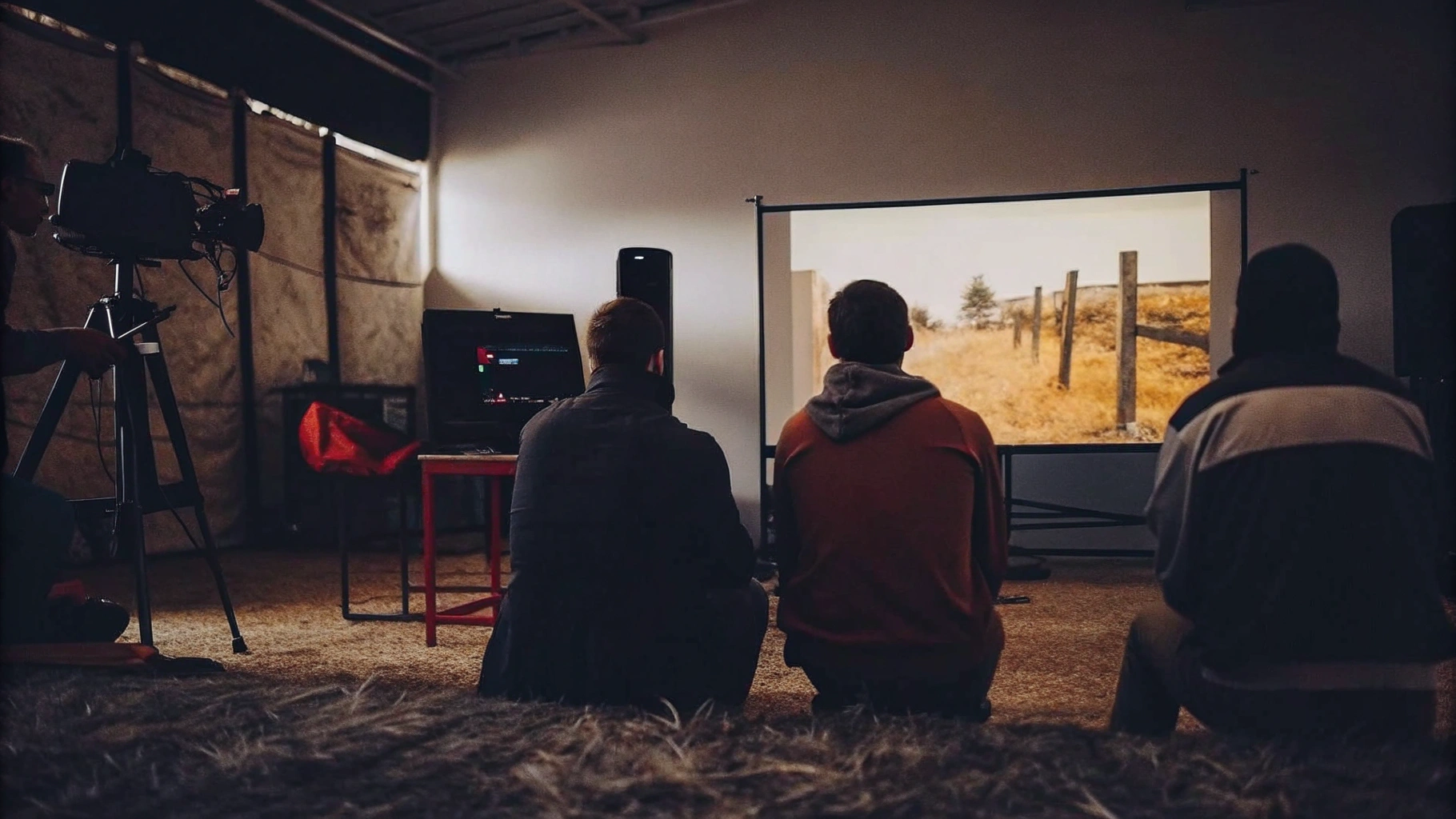
Monitor and Evaluate the Effectiveness of Drone Surveillance
To effectively assess the performance of your aerial surveillance system, establish key performance indicators (KPIs) that provide measurable insights into its effectiveness. Important metrics to consider include:
- The number of incidents detected
- Response times to alerts
- Overall improvements in site safety
A well-implemented aerial surveillance system can achieve incident detection rates significantly higher than traditional methods, with some systems reporting detection rates exceeding 90% in controlled environments.
Consistently analysing aerial footage and data is essential to confirm that the goals established at the beginning are being achieved. This process not only helps in assessing the system's performance but also in identifying trends and potential vulnerabilities. Involving safety personnel and stakeholders for feedback can reveal challenges and areas for enhancement, enabling a more adaptable protection strategy.
Utilise this feedback to make necessary adjustments to aerial operations, such as modifying flight paths or increasing monitoring frequency. By consistently improving your method using current data and stakeholder feedback, including perspectives from an evolving risk assessment model that adjusts according to real-time threat intelligence, you can ensure that your drone surveillance system remains efficient and adaptable to changing protection requirements. This proactive stance not only enhances site security but also fosters a culture of safety and vigilance among all personnel involved.

Conclusion
The implementation of drone surveillance in construction site security is a transformative approach that enhances safety and efficiency. By leveraging cutting-edge technology, construction managers can significantly improve monitoring capabilities, reduce risks, and protect valuable assets. This method addresses pressing security challenges faced by the industry while aligning with modern operational demands for timely and effective oversight.
The reality is that the integration of UAVs into existing security frameworks bolsters safety measures and streamlines processes. It ensures compliance with regulations and allows for ongoing evaluation of drone performance through established KPIs. This continuous improvement is essential in responding to evolving threats and safeguarding personnel and assets.
The lesson is clear: embracing drone surveillance fosters a culture of safety and vigilance within the construction industry. As security risks escalate, proactive measures are essential for protecting personnel, assets, and project timelines. Investing in drone surveillance not only enhances site security but also paves the way for a more resilient and efficient future in construction management.
Frequently Asked Questions
What is drone surveillance and how is it used on construction sites?
Drone surveillance involves using unmanned aerial vehicles (UAVs) equipped with advanced cameras and sensors to monitor construction sites. It provides real-time aerial views to detect unauthorised access, theft, and potential hazards, enhancing safety measures and monitoring efficiency.
What are the benefits of using drones for construction site monitoring?
Drones can cover large areas quickly, operate in various weather conditions, and work at any time of day. They improve safety by minimising human exposure to hazards, enhance inspections, aid in progress tracking, and help in timely decision-making, all of which contribute to project efficiency.
How does drone surveillance contribute to safety on construction sites?
Drone surveillance reduces the likelihood of accidents by improving hazard detection and allowing for continuous monitoring. This proactive approach is essential for regulatory compliance and fosters a safer working environment.
What specific security threats do construction sites face?
Construction sites face significant threats, including theft (experienced by 92% of construction professionals) and vandalism (reported by 91%). These risks can lead to financial losses and reputational damage.
Why is it important to assess security needs before implementing drone surveillance?
A thorough risk evaluation helps identify specific vulnerabilities and establishes clear objectives for the drone surveillance system. This ensures the system effectively addresses safety challenges and enhances overall site security.
What objectives should be defined for a drone surveillance system?
Objectives may include monitoring perimeters, ensuring adherence to safety regulations, providing real-time alerts for unauthorised access, and documenting these goals to guide the execution of the aerial system.
How does Priority First enhance drone surveillance with additional security measures?
Priority First offers tailored security solutions, such as key holding, CCTV monitoring, and alarm response, alongside drone surveillance. Their access control systems manage the movement of personnel and vehicles, further enhancing overall safety.
What role does drone technology play in sustainable building practises?
Drone technology aids in creating 3D models and georeferenced imagery, which helps in resource planning and waste reduction, aligning with sustainable building practises.
How has Priority First demonstrated the effectiveness of drone surveillance?
Priority First has shown through case studies, such as the multi-use complex project on Kings Road, that integrated management solutions, including aerial surveillance, enhance protection, safety, and operational efficiency on construction sites.


